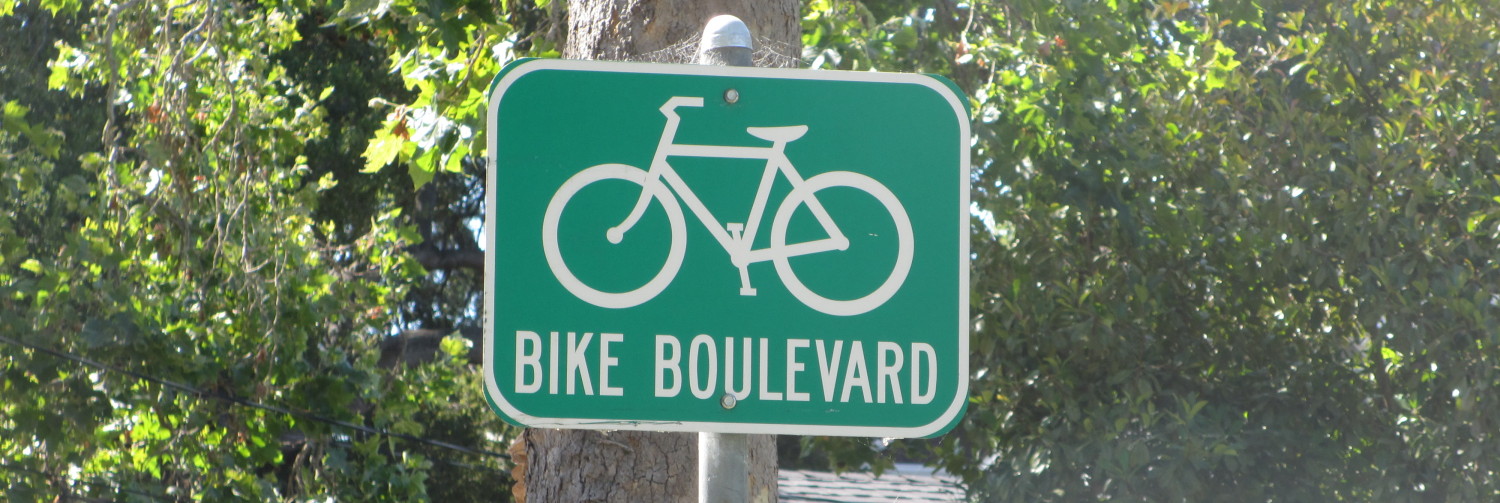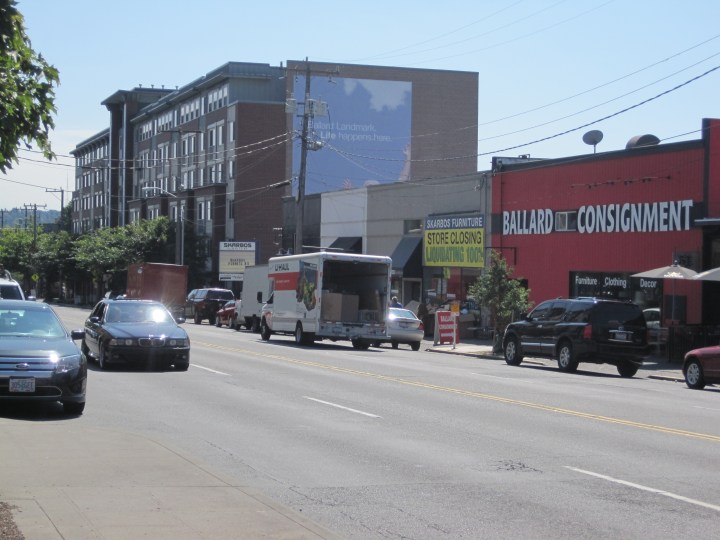Traditional Main Streets were formed in the past. With lot sizes and building sizes to match. That of course is what makes them “traditional” and of a scale many people like.
But since their heyday in the 20’s, or 40’s or 50’s, the economy has moved on. First there were shopping centres, then malls, then big box wastelands. Just head south on Merivale to see the story unfold before your eyes. And somewhere there is Amazon. It is worthwhile asking if we can update a TMS with similar-to-1945- size shops and three storey construction? In most cities it is simply illegal / against building and zoning codes / incredibly convoluted and expensive to get permits to the TMS scale. To say nothing of it being so expensive to build small buildings today.
When the Somerset CDP was ongoing, I pointed out that a number of the lots on the south side were only 30′ wide by 65′ deep. It is awfully difficult to build the buildings the zoning calls for … 5 stories, commercial on ground floor, residential above, parking below ground and still meet the various setbacks, eg 20′ from rear lot line. So why not zone the next lot behind the TMS, which is 30’x40′ lots or smaller, as part of the commercial strip? Now buildings could be commercial frontage on the main street, with residential entrance and apartments on the residential street behind. No wasted middle of the lot space. The city wouldn’t consider that for the CDP.
The economics of building approval, financing, construction, and ownership favours larger buildings. Not necessarily taller, but larger. You’ve seen them, multiple lots wide, residential above, continuous row of storefronts on the bottom. These can still be difficult to fit on shallow or even 100′ deep lots. But easy to fit on 150-200′ deep lots.
When I was in Seattle a while back, I noticed scads of apartment buildings along the revitalized traditional main streets extended right through the whole block, and had the the garage entrance for residents at the rear street. Pedestrian entrances were on both sides of the building. This gave room for landscaping between the building and the sidewalk, or the sidewalk and the curb line, and enough room for stepbacks every few floors up. The rows of new buildings extended for many blocks, and both renewed the main street and buffered and reinforced the residential area behind. The extent of redevelopment was astonishing.
On Ottawa’s Merivale plan, this drawing shows up:
The yellow lots are residential behind the commercial main strip. If those lots were consolidated with the main street lots, there would be room for more economic buildings able to support underground parking and other amenities. The city’s rules would require the store front and main building facade to be highly segmented, with the aim of making it look like a bunch of different shops or even different buildings, so the traditional scale would remain at sidewalk level.
If the city proposed this and I lived somewhere behind those lots, I’d be livid. Basically the expanded development potential dooms the existing buildings to be not upgraded, to not be maintained, as money spent pending redevelopment is just wasted. So properties run down, eventually get converted to smaller apartments, etc. The ground floors may become storage areas for nearby businesses. The yards get converted to parking. Eventually the house gets so ugly the neighbours cheer when it is demolished. I see this happen all the time on the lots behind Preston, behind Somerset, and West Wellington. The decline and death of the residential back side of the commercial strip is slow, inexorable, and painfully messy. It happens whether we plan for it or not.
But then, someday, we hope, a new building appears and the commercial strip gets new businesses, spaces are made accessible to all, and new apartments/townhouse units appear facing the residential area behind. A better, more complete community resumes.
Of course, a bunch of those “next house/lot behind” lots that aren’t painted yellow will also be snapped up by people betting they will get rezoned someday.
This is a difficult conundrum to solve. The process of lot expansion is slow and messy. But what are the alternatives? Freeze everything in the 1950 mold, hoping for very small redevelopments? But what if we only discover as time goes by that everything declines? Or do we repress new growth so thoroughly that when it does burst through, it’s four or five high rise towers a la Westgate?
Here is one Ottawa example of a TMS mixed use building that combined Somerset St facing commercial/store fronts, 2 stories high, then a setback for another 2 stories. There is a three storey residential section facing the street behind. And in this case, landscaped courtyard entry in the middle above the parking garage:
Here are some pic of Seattle new mixed use developments along traditional main streets with apartments above and views of the side facing the residential area behind. I am not suggesting this architecture or five floor height is right for Merivale, although that is our traditional zoning height for main streets. Just learn from the pic of what other cities can do:
(there’s even the Shell station awaiting on Merivale …)
So … should we acknowledge that traditional main street redevelopments may or should expand to include the lots behind them as a right of redevelopment (which reduces uncertainty and thus costs) or force them to apply for case by case rezoning, which adds uncertainty and increases costs? Do the remaining residents adjacent to the bought up houses or on the “other side” of the street behind gain more from eventual redevelopment than they lose during the transition period?













A series of 5-6 storey structures, like those in the pictures from Seattle, creates a higher quality intensification than the current set of 20-40 storey single finger salutes developers are erecting in existing neighbourhoods. The quality of the main street frontage is also much better if the entrances to the parking garages are from the streets to the side or rear of the structure.
Ronald
Seattle allows only smaller buildings in the older areas the reason they can do this is they have massive projects in the downtown core for example they have 10 buildings over 30 floors under constructions in the core.